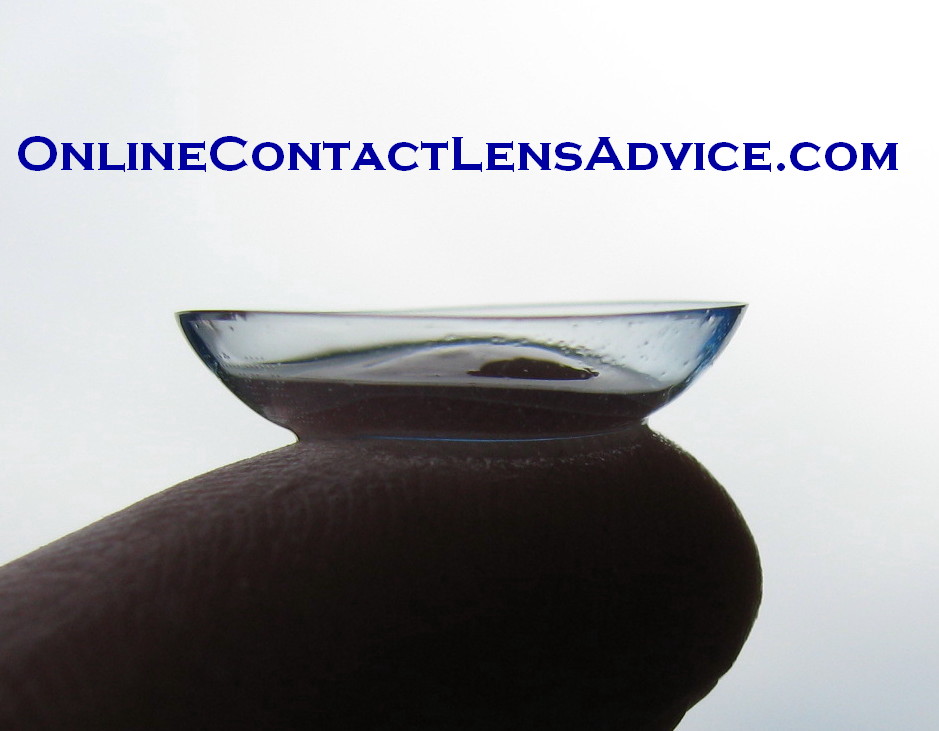- Home
- Eyeglasses
- Reading Glasses
Wearing Reading Glasses With Contact Lenses
As the population is getting older, more and more contact lens wearers are finding one of two things happening:
- It is becoming more difficult to read with your contact lenses in, or
- You upgrade your prescription to sharpen your distance vision, and all of a sudden you find you can't see up close anymore.
Presbyopia
Don't panic if this happens - it is just normal aging of the eyes. This is called presbyopia. Eyeglass wearers can often just take their glasses off and be able to read just fine. Contact lenses are not quite as easy to just remove while you read a menu, or look at a map.
So what to do?
The easiest thing to do is pick up a pair of over-the-counter (OTC) reading glasses.
What happens when we reach about 40 years of age, is that our eyes don't focus as easily from near to far, and vice versa. So when this happens, we now need a different prescription for reading than we do for, say driving.
What strength of Reading Glasses do I need?
There are two ways to determine which readers will work best for you.
1. Trail and Error
When you go to the pharmacy, or optical store where they have a selection of OTC readers, try different strengths on while you are wearing your contact lenses and try to read something. Some displays have instructions on what to read, and what power you need. You can start with a lower power, for example +1.00 and see if that is strong enough. It's a good idea to bring some small print with you to see if you can comfortably read it. For example, bring a pill bottle, an ingredient list from a food item, or a cell phone: anything you have difficulty reading with your contact lenses in.
2. Read Your Prescription
If you have been to the optometrist lately, you should have a copy of your eyeglass prescription. In order to find out your reading strength, just look for your "add" power. It will say +1.50, or +2.00, or something similar. This is the strength that is added to your distance correction to enable you to see close up.
Once a person develops presbyopia, they will almost always need either a pair of progressive/ bifocal glasses to wear without contacts, or a pair of readers to wear while wearing contact lenses, or both.
Monovision & Multifocals
There are options for seeing near and far while wearing contact lenses, without using reading glasses. One option is called monovision, and the other is a multifocal contact lens. However, most people use these in combination with other visual appliances, and cannot rely on them totally for complete vision correction.
For more information on monovision and multifocals, click here and here.
Where to get Reading Glasses
You can pick up a pair of over-the-counter reading glasses at pharmacies and most optical stores, as well as dollar stores. However, many of these retailers are now carrying powers from +1.00 to +4.00 diopters, and only with .50 diopter increments. If you need a +2.25, you may not be able to find it ready made. One option is prescription reading glasses, where the optician uses your prescription to make up reading glasses. This may be expensive unless you have an insurance plan that will pay for them. Another option is Amazon. Many of the reading glasses there start at +.50 or +.75 and they go up in .25 diopter increments.
Sun Readers
If you are wearing contact lenses for distance only, and need to read something (eg. a map while you're driving, or at the beach and you want to read a book or magazine), there are over the counter reading glasses with bifocals in them, that are tinted as sunglasses. The same as clear bifocals, there is a line for the bifocal. But they are an inexpensive alternative that allows you to see in the distance, and read, in bright sunshine.
Here are two kinds that are available at Amazon: plastic frame, unisex sun reader and this is a 3-pack of sun readers.
Return to Eyeglasses from Reading Glasses
Search this site:

New! Comments
Have your say about what you just read! Leave me a comment in the box below.